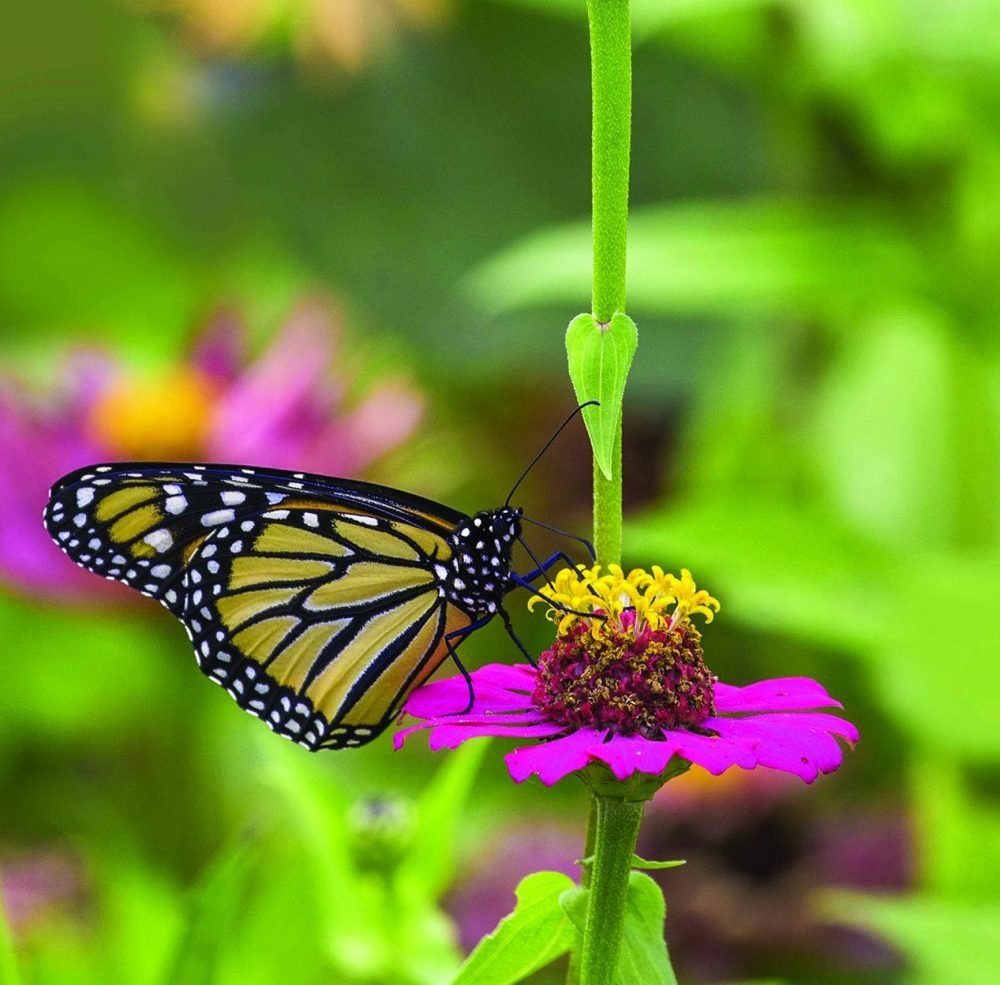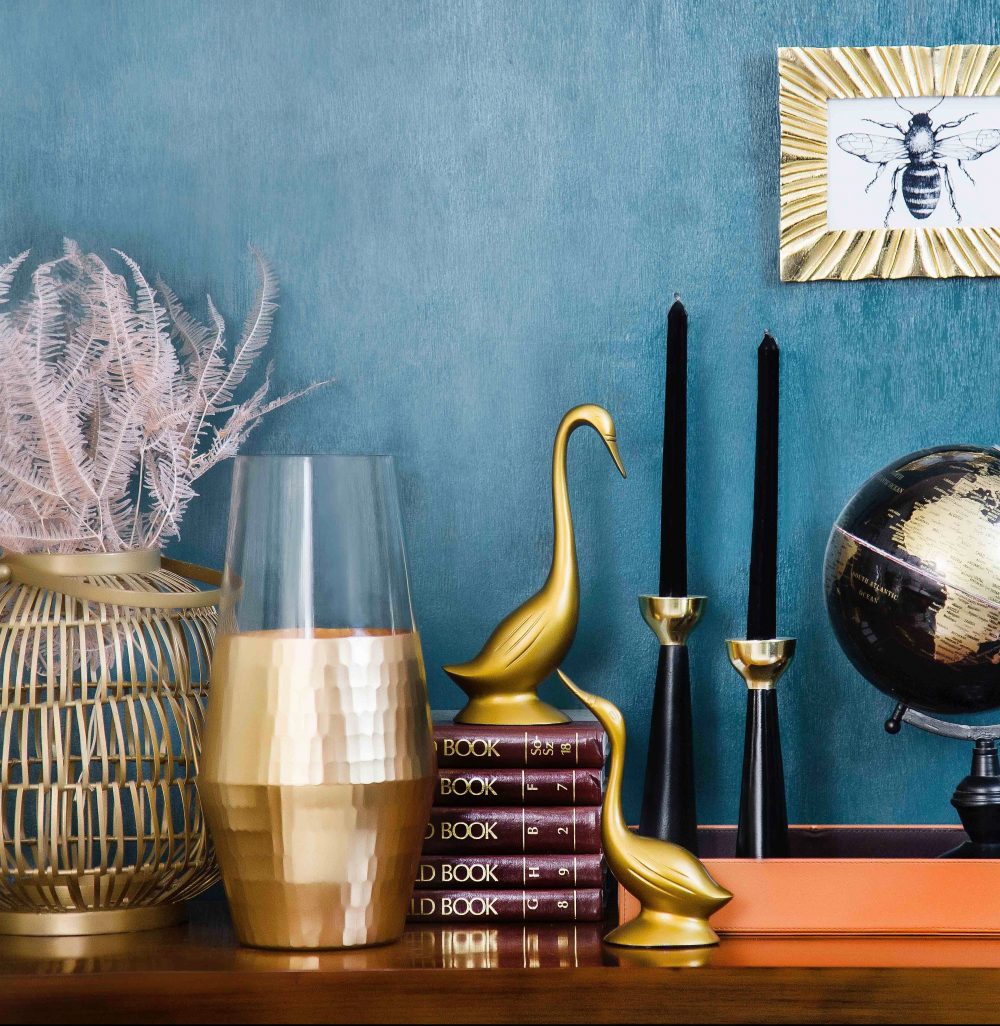A thriving backyard garden requires homeowners to take steps to ensure the garden has the best environment in which to grow and thrive. The right tools and components, including trowels, rakes, soil, amendments, and fertilizer, can help gardeners create beautiful spaces. It’s also important that pollinators are made to feel welcome in the garden. The United States Department of Agriculture reports that one-third of all agricultural output depends on pollinators. The USDA notes that insects and other animal pollinators are vital to the production of healthy crops for food, fibers, edible oils, medicines, and other products. Pollinators also are essential for maintaining habitats and ecosystems that many wild animals rely on for food and shelter. The U.S. Forest Service says that, without pollinators, the human race and all of the earth’s terrestrial ecosystems would not survive. Pollination done the natural way often yields large, flavorful fruits.
Pollinators are make-or-break components of large-scale agriculture, and they’re just as important in private home gardens. The Pollinator Partnership, an organization that works to protect pollinators and their habitats across North America, says pollinators include bees, butterflies, beetles, birds, and bats. These animals travel from plant to plant carrying pollen on their bodies. The following are some ways to maintain healthy pollinator habitats.
• Consider the soil and types of plants that will thrive in it before choosing what to plant. Fix drainage issues and plant with sunlight in mind.
• Vary the colors and shapes of plants to attract a greater array of pollinators. Plant flowers close to vegetable gardens to attract pollinators. • Group plants together when planting to more effectively attract pollinators.
• Select plants that flower at different times of the year so that nectar and pollen sources are available year-round.
• Whenever possible, choose native plants.
• Avoid the use of pesticides.
• Provide a water source for pollinators, such as a shallow dish with stones half-submerged for perching.
Pollinators are important for gardens, whether those gardens are commercial operations or small backyard plots. Allow pollinators to share spaces and be mindful of behaviors that can threaten their survival.







